Hydrogen, as a clean and efficient green energy source, has a diverse range of applications spanning transportation, aerospace, power generation, and healthcare. Derived from various sources such as seawater, renewable plants, coal, and natural gas, hydrogen's combustion product is water, making it an ideal zero-carbon emission fuel. Consequently, the development of hydrogen energy and the establishment of related industries have become a strategic direction in China's energy policy. The advancement of energy storage and hydrogen energy technologies will help China achieve efficient energy utilization and a green economic transition.
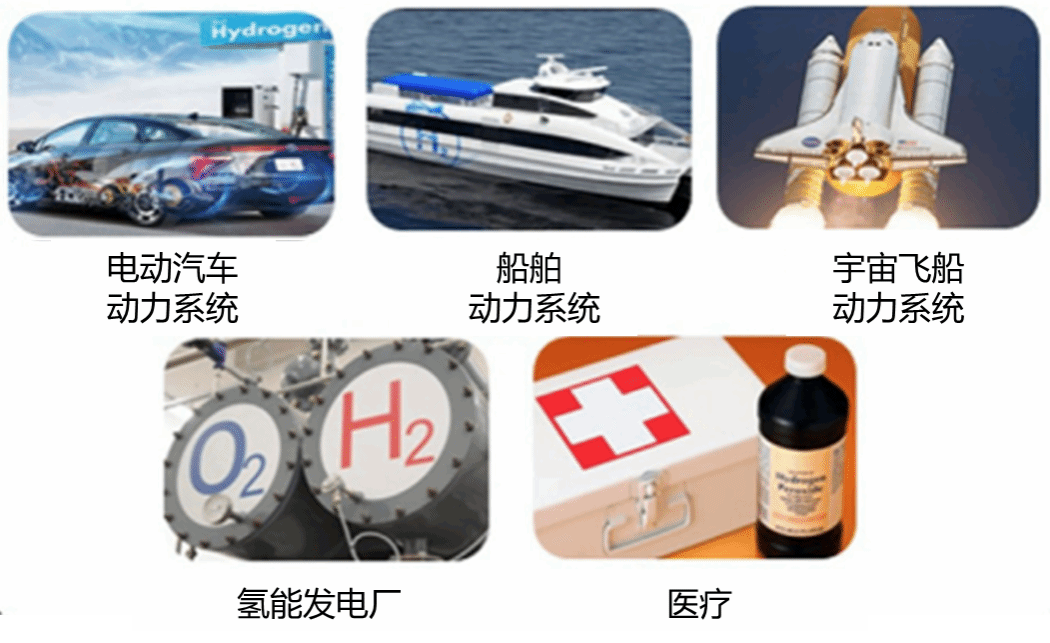
Figure 1: Application Scenarios of Hydrogen
The key to realizing efficient energy distribution in multi-energy complementary systems lies in storing produced hydrogen in a suitable medium and transporting it to end-users, which is also the focal point of hydrogen storage technology research. Current hydrogen storage methods include compressed gas hydrogen storage, liquefied hydrogen storage, and adsorption hydrogen storage (e.g., porous carbon materials, metal hydrides). However, these methods often face challenges such as high costs, stringent storage conditions, and significant safety risks, which limit the widespread adoption and application of hydrogen energy storage technology.
Hydrogen hydrate, a non-stoichiometric crystalline compound formed under specific temperature and pressure conditions, consists of water molecules that form a cage-like network through hydrogen bonding, accommodating hydrogen molecules through van der Waals forces to form a stable compound. Compared to traditional hydrogen storage technologies, hydrogen hydrate storage offers advantages such as high safety, low reaction costs, relatively high hydrogen storage capacity per unit, and a simple hydrogen release process, indicating a broad application prospect.
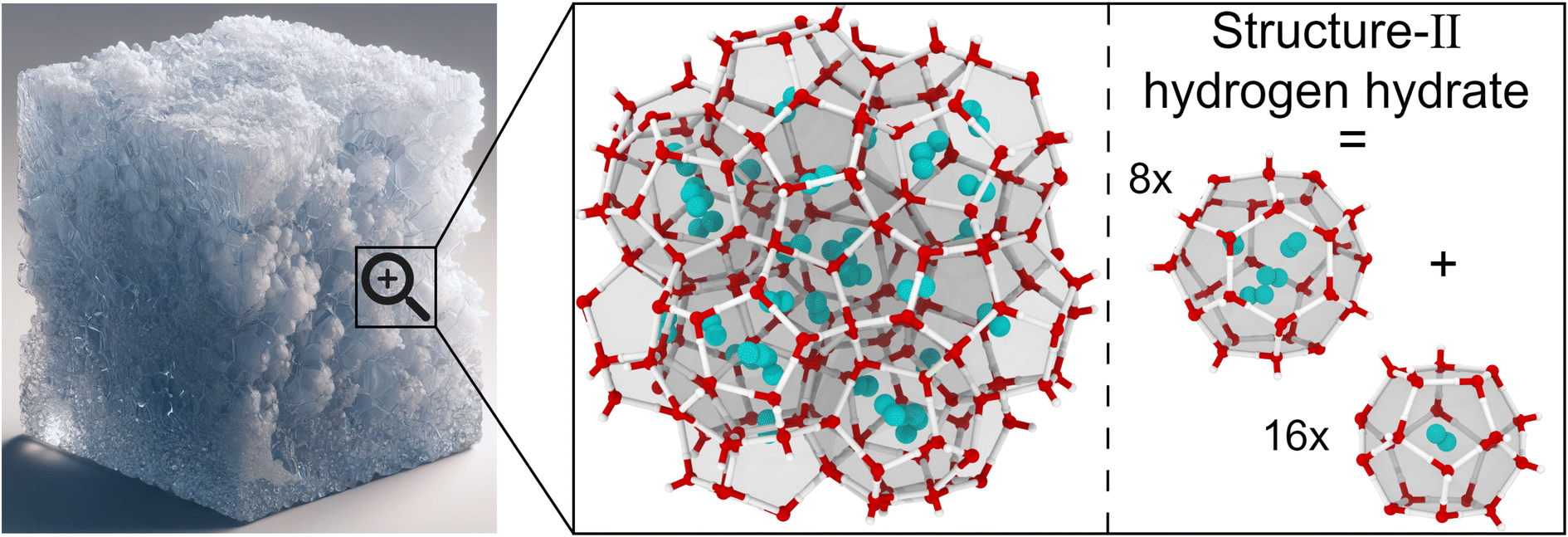
Figure 2: Hydrogen Hydrate
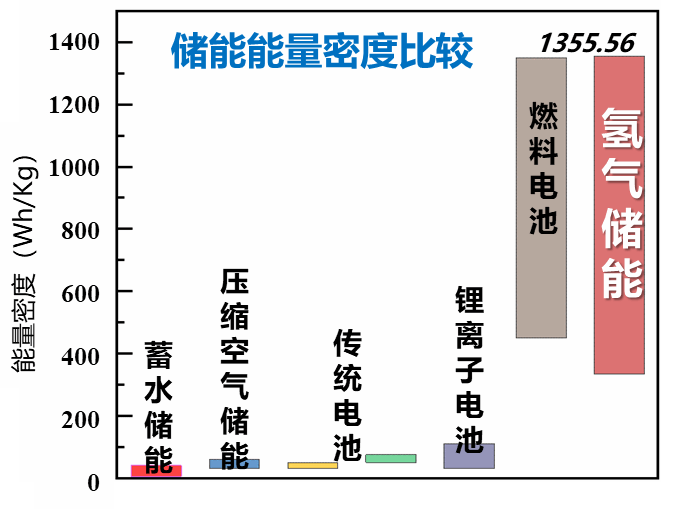
Figure 3: Comparison of Energy Density of Various Energy Storage Methods
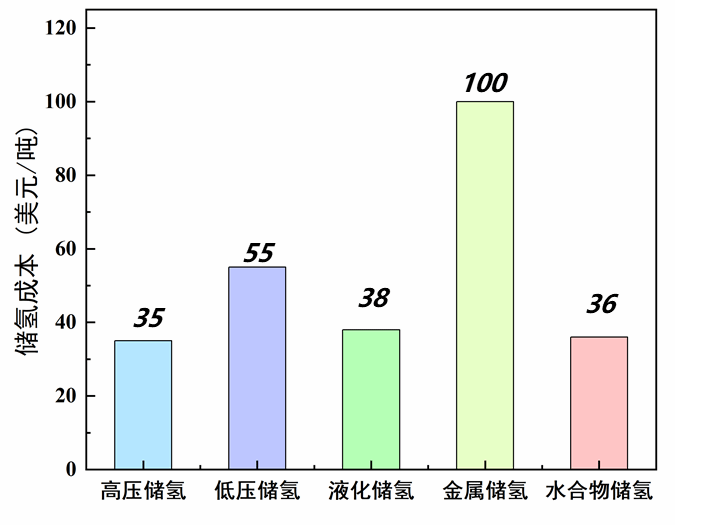
Figure 4: Comparison of the Cost of Various Hydrogen Storage Methods
For hydrogen hydrate formation, continuous and efficient heat and mass transfer processes, along with a large gas-liquid contact area, are essential. However, the heat released during hydrate formation and the impact of the generated hydrate on gas-liquid mass transfer can interfere with the efficiency of heat and mass transfer, affecting phase equilibrium conditions, generation rates, and hydrogen storage capacity.
To address these challenges, our team has developed a hydrate crystallization technology based on advanced water jet atomization enhancement and has constructed an experimental device for hydrogen hydrate crystallization enhanced by advanced water jets. The Advanced Water Jet Enhanced Hydrogen Hydrate Crystallization is a compact unit with a small footprint, reacting only with hydrogen and water, making it suitable for a variety of energy production scenarios. This innovative and highly efficient energy storage technology converts renewable energy into hydrogen, which is then transported to the consumer in the form of a hydrate. At the user's end, the hydrate decomposition products—water and pure hydrogen—can be directly used for combustion, reactions, or as fuel cells to power the grid and users. Hydrate decomposition can be achieved by providing the latent heat of fusion, allowing the use of waste heat generated at the user's end, such as from factories or households, to realize the utilization of low-grade waste heat.

Figure 5: Advanced Water Jet Enhanced Hydrogen Hydrate Crystallization Unit
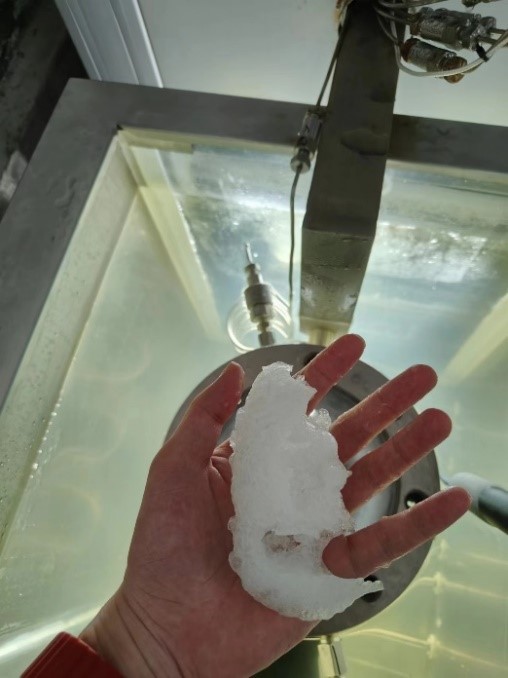
Figure 6: Hydrate produced by the reaction unit